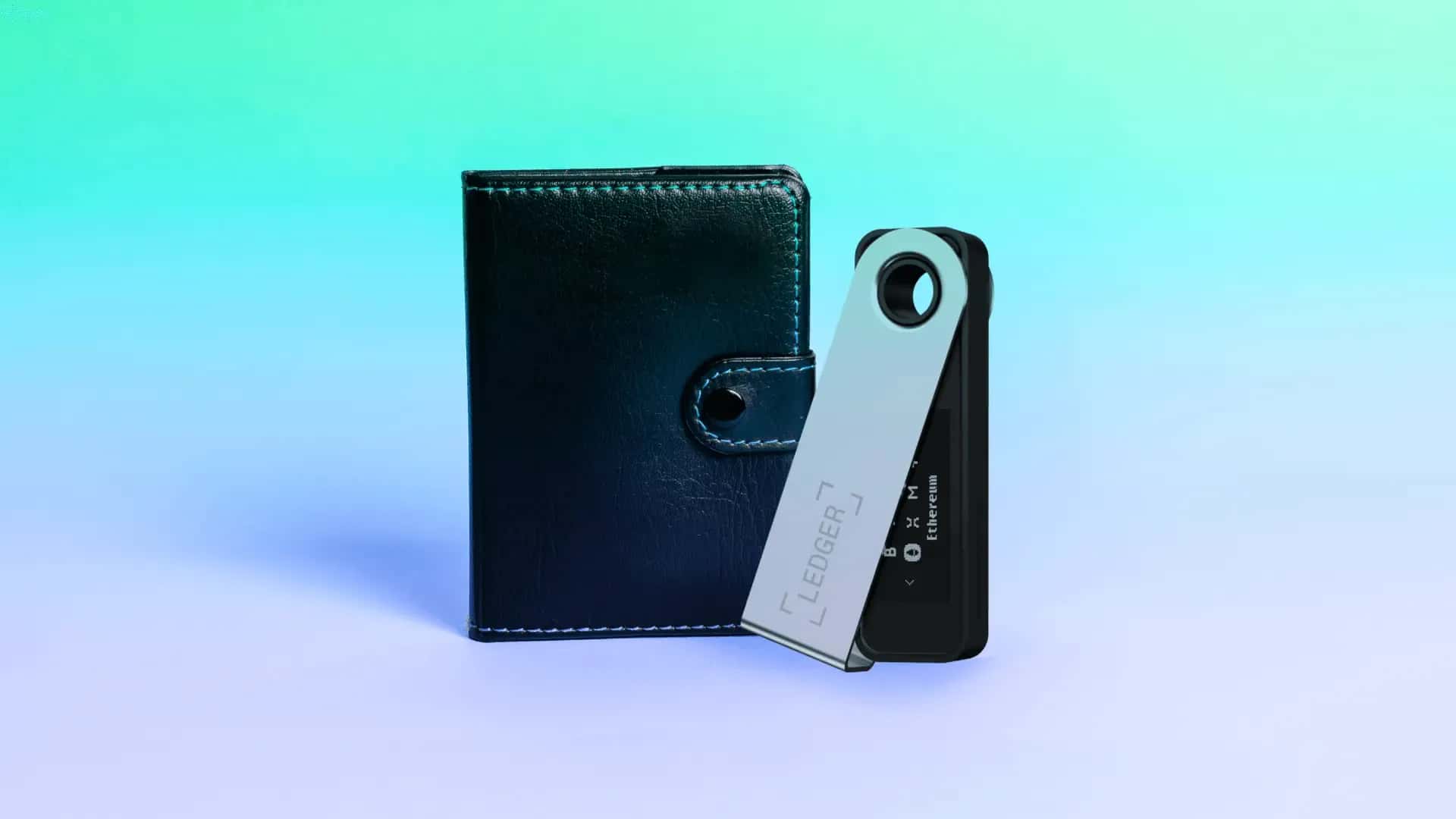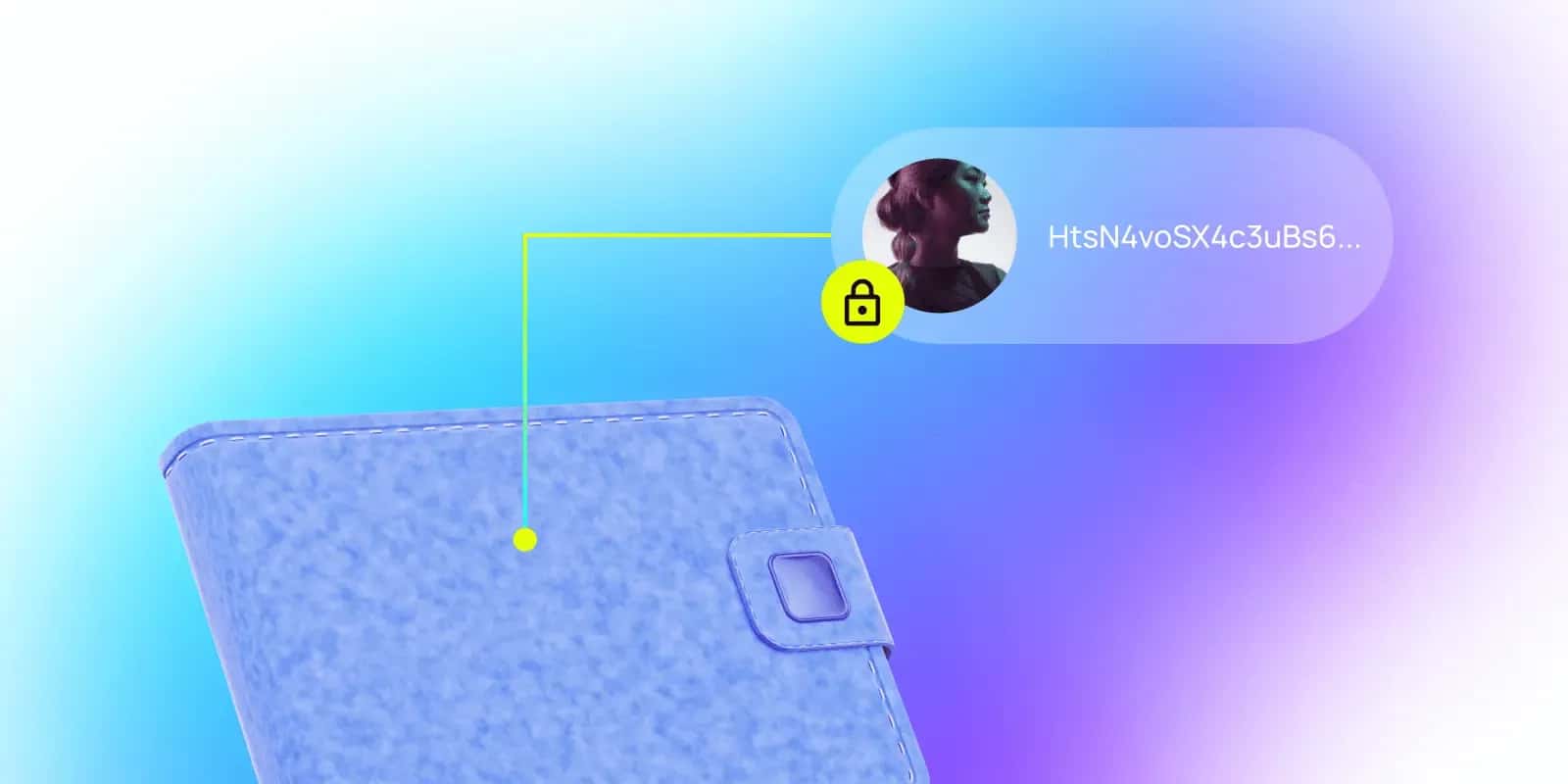
What is a crypto wallet?
Your all-access pass to the web of the future
In Web3, your wallet is your most valuable digital tool.
It’s more than just a safe place to store, send, and receive cryptocurrencies—it’s your passport to the decentralized world.
In the Web2 world, you pay for the “free” services you use with your personal information. Whether you’re surfing the web, using social networks, or downloading apps, big corporations control your information—and it’s easy for your data to be exposed or hacked.
But Web3 is different. It puts digital ownership directly into your hands.

It’s more than just a secure place to store, send, and receive cryptocurrencies—it’s your gateway to interacting with the blockchain and the decentralized ecosystem. A crypto wallet gives you control over your on-chain digital assets, allowing you to manage your identity, interact with decentralized applications (dapps), and take control of your online interactions—without relying on a third party.
Think of a crypto wallet (also called a blockchain wallet) as your personal set of keys, storing both public and private keys. The public key is like your address—anyone can use it to send you crypto. The private key is your secret password that gives you access and control over your funds. Only you should know this private key, because whoever has it has full control over your wallet and assets.
It’s more than just a secure place to store, send, and receive cryptocurrencies—it’s your gateway to interacting with the blockchain and the decentralized ecosystem. A crypto wallet gives you control over your on-chain digital assets, allowing you to manage your identity, interact with decentralized applications (dapps), and take control of your online interactions—without relying on a third party.
Think of a crypto wallet (also called a blockchain wallet) as your personal set of keys, storing both public and private keys. The public key is like your address—anyone can use it to send you crypto. The private key is your secret password that gives you access and control over your funds. Only you should know this private key, because whoever has it has full control over your wallet and assets.

Custodial vs. Non-Custodial Wallets
When choosing a crypto wallet, it’s crucial to understand the difference between custodial and non-custodial wallets.
Custodial Wallets:
With a custodial wallet, a third party (usually a crypto exchange or service provider) holds your private keys and manages your funds on your behalf. This can be convenient because you don’t have to worry about managing private keys or recovering your account. However, the downside is that you’re relying on someone else to keep your assets safe. If the service provider gets hacked or goes offline, you could lose access to your funds.
Non-Custodial Wallets:
A non-custodial wallet gives you full control over your private keys and assets. You’re responsible for keeping your private key (and passphrase) safe, but this ensures that only you have access to your crypto and identity. Non-custodial wallets embody the true spirit of Web3—where ownership and control are completely in your hands.
Passphrase: Why They Matter
With non-custodial wallets, you’ll encounter something called a passphrase—a series of random words that are generated when you create your wallet. This passphrase acts as a backup for your wallet. If you lose access to your device or account, you can use these words to recover your wallet.
Storing your seed phrase securely (and offline) is crucial. If someone else gets their hands on your passphrase, they can gain access to your wallet and all of your assets. Think of it as the keys to your digital kingdom—never share it with anyone, and keep it in a safe place.

Get Started with a Polkadot Wallet
Ready to explore Web3? Here’s how easy it is to get started:
1. Choose and download a Polkadot wallet: This is your passport to the Polkadot network. Go for an easy-to-use wallet like SportStake.
2. Create your account: Set a unique account name to begin your journey.
3. Add DOT: Deposit DOT into your wallet to start staking, interacting with dapps, and exploring the ecosystem.
With your wallet in hand, you’re ready to unlock the full potential of Web3—where you own your keys, your coins, your online identity, and your digital freedom. The future is decentralized, and with your wallet, you have the power to control your digital destiny.



